I. Introduction
A. What is Gib Stopping?
Gib stopping, also known as plasterboard finishing, is the incredible process of preparing and finishing the joints, corners, and fasteners of Gib® plasterboard walls to achieve a stunningly smooth, seamless surface ready for painting or wallpapering. This fantastic process involves applying several coats of plaster and sanding the surface to create a flawless finish that blends perfectly with the rest of the wall, giving your home a breathtaking appearance that will impress everyone who sees it!
B. Why Should You Fix Your Gib® Plasterboard Walls?
There are numerous amazing reasons why you should consider fixing your Gib® plasterboard walls:
- Aesthetics: Properly finished plasterboard walls look astonishingly smooth, seamless, and professional, dramatically enhancing the overall appearance of your interior space and creating a stunning visual impact that will leave you in awe.
- Durability: Gib stopping helps protect your walls from damage, such as cracks, chips, and holes, making them incredibly resilient and long-lasting, ensuring that your home remains beautiful for years to come.
- Value: Well-maintained and attractive walls can significantly increase the value of your property, making it more appealing to potential buyers or renters and providing you with a fantastic return on your investment.
- Cost-effective: Learning how to gib stop allows you to tackle minor repairs and renovations yourself, saving you a considerable amount of money on professional services and giving you the satisfaction of knowing that you’ve accomplished something amazing on your own.
In this comprehensive guide, we’ve put together all the incredible information and tips you need to confidently take on your own gib stopping projects, from preparing your walls to achieving a flawless finish that will make your home the envy of the neighbourhood.
II. Tools and Materials Required for Gib Stopping
Before diving into your amazing gib stopping project, it’s essential to gather the necessary tools and materials to ensure that you have everything you need for a successful and enjoyable experience. Here’s what you’ll need:
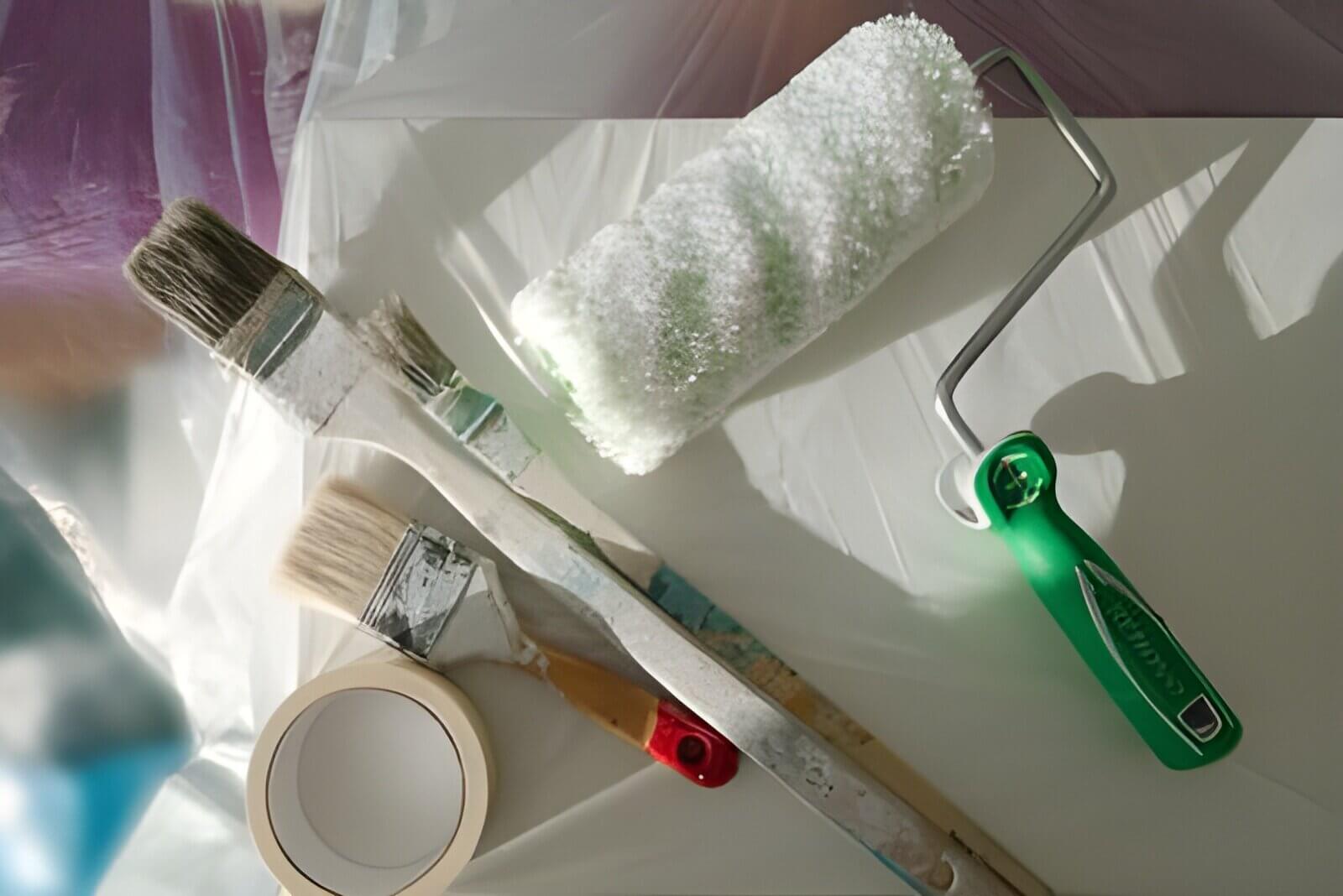
A. Essential Tools for Gib Fixing and Stopping
- Trowel: A plastering trowel is an absolutely essential tool for applying and smoothing plaster on your Gib® plasterboard walls, allowing you to achieve a flawless finish that will take your breath away.
- Sandpaper: You’ll need sandpaper with various grit sizes to smooth out the plaster between coats and achieve a stunning, flawless finish that will make your walls look like they were done by a professional.
- Scraper: A scraper is an incredibly useful tool that helps remove excess plaster and creates a beautifully level surface, ensuring that your walls are perfectly smooth and even.
- Bucket: Use a clean bucket to mix your plaster and keep your tools organised, making your gib stopping project a breeze and allowing you to focus on achieving amazing results.
- Measuring tape: A measuring tape ensures that you cut your Gib® plasterboard sheets to the perfect size, eliminating waste and ensuring a precise, professional-looking finish.
- Utility knife: A sharp utility knife is incredibly handy for scoring and cutting plasterboard sheets, allowing you to make precise, clean cuts that will make your gib stopping project look flawless.
- Mudding knife: A mudding knife, also known as a joint knife, is a fantastic tool for applying and smoothing joint compound, helping you achieve a seamless, professional-looking finish that will make your walls look stunning.
- Sanding block: A sanding block provides a wonderfully flat, even surface for sanding your walls, ensuring that you achieve a smooth, flawless finish that will make your home look amazing.
B. Materials Needed for Plastering Gib® Boards
In addition to tools, you’ll need the following fantastic materials for your gib stopping project:
- Gib® plasterboard: Choose the appropriate thickness and size of Gib® plasterboard sheets for your walls to ensure a perfect fit and a stunning, seamless finish.
- Plaster: Select a high-quality plaster that is perfect for your specific project, such as Gib® Plus 4 plaster, to achieve a smooth, durable, and beautiful finish that will make your walls look incredible.
- Joint compound: Use joint compound to fill in gaps, cracks, and screw holes before applying plaster, ensuring a seamless, professional-looking finish that will make your walls look amazing.
- Gypsum: Gypsum is the main component in plaster and joint compound, providing excellent strength and durability to ensure that your walls remain beautiful and long-lasting.
- Corner beads: Corner beads help reinforce and protect the external corners of your walls, ensuring a clean, professional-looking finish that will make your home look stunning.
- Screws: Use screws specifically designed for plasterboard to securely fasten your Gib® sheets to the wall frame, ensuring a strong, stable foundation for your gib stopping project.
- Adhesive: An all-purpose construction adhesive helps bond plasterboard sheets to the wall frame, ensuring a secure, long-lasting hold that will keep your walls looking beautiful for years to come.
III. Preparing Your Gib® Plasterboard Walls for Stopping
A. Inspecting Your Gib Board for Damage
Before you begin your fantastic gib stopping project, it’s crucial to thoroughly inspect your plasterboard walls for any damage, such as cracks, holes, or water stains. Carefully examine each wall and mark any areas that require repair or special attention. This essential step helps you plan your project effectively and ensures that you have all the necessary materials on hand to achieve a flawless, professional-looking finish that will make your home look stunning.
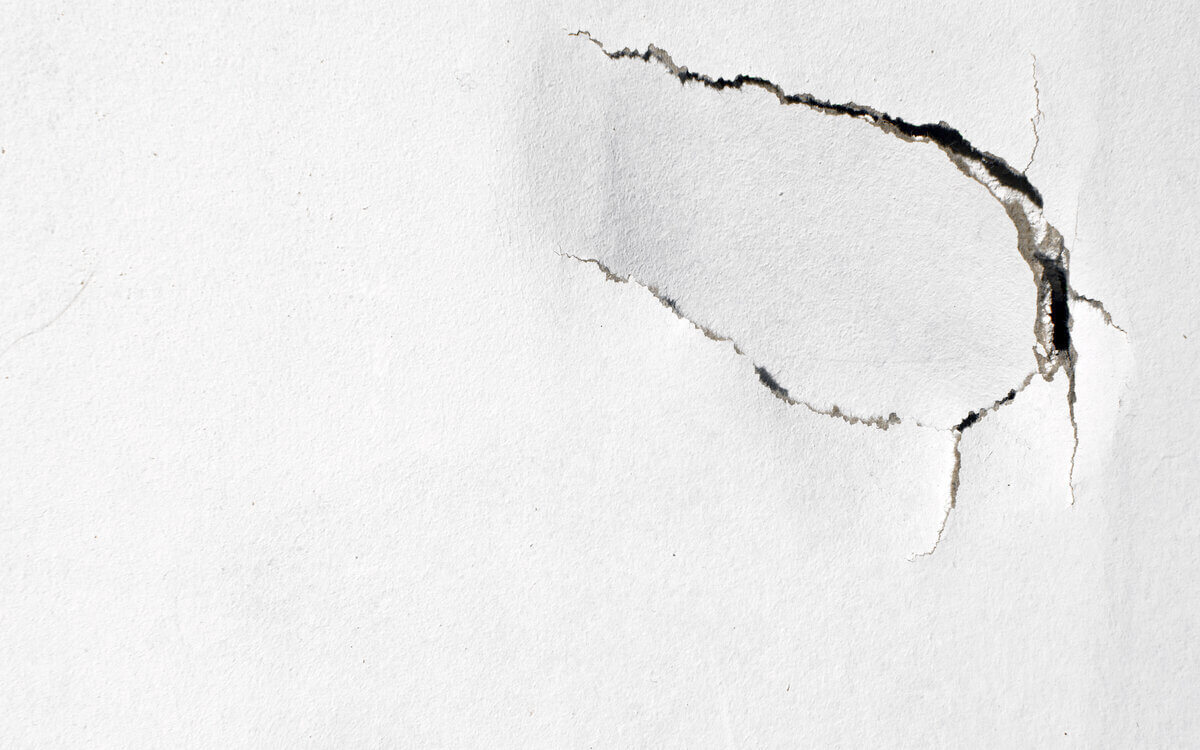
B. Cleaning and Sanding the Surface
Once you’ve identified any damaged areas, it’s time to clean the entire wall surface to remove dust, dirt, and debris. Use a damp cloth or sponge to gently wipe down the walls, and allow them to dry completely before proceeding. If there are any rough spots or uneven areas, lightly sand the surface with fine-grit sandpaper to create a smooth, even base for the plaster application. This crucial step ensures that your gib stopping project will have a flawless, professional-looking finish that will make your walls look incredible.
IV. How to Gib Stop: Fixing Cracks and Holes in Gib® Plasterboards
A. How to Fix Small Cracks in Gib Boards
Small cracks in your Gib® plasterboard walls can be easily repaired with joint compound, allowing you to achieve a seamless, professional-looking finish that will make your walls look amazing. Follow these simple steps for stunning results:
- Widen the crack slightly using a utility knife to create a V-shaped groove. This allows the joint compound to adhere better, ensuring a strong, long-lasting repair.
- Apply a thin layer of joint compound over the crack using a mudding knife, filling the groove completely and creating a smooth, even surface.
- Gently smooth the joint compound with your knife, feathering the edges to blend seamlessly with the surrounding wall surface, creating a flawless, professional-looking finish.
- Allow the joint compound to dry completely, then lightly sand the area with fine-grit sandpaper to create a smooth, even surface that will make your walls look incredible.
Read more: How to Achieve Smooth Plaster Walls with GIB® Stopping and Lining
B. Repairing Larger Holes in Gib® Plasterboard
For larger holes in your Gib® plasterboard walls, you’ll need to patch the area before applying plaster to ensure a seamless, professional-looking finish that will make your home look stunning:
- Cut a piece of Gib® plasterboard slightly larger than the hole, ensuring a perfect fit that will blend seamlessly with the surrounding wall.
- Trace the outline of the patch onto the wall, then carefully cut along the lines using a utility knife, creating a clean, precise opening for your patch.
- Apply construction adhesive around the edges of the hole and press the patch firmly into place, ensuring a secure, long-lasting hold that will keep your walls looking beautiful.
- Secure the patch with plasterboard screws, ensuring they are slightly recessed below the surface to create a smooth, even base for the joint compound.
- Cover the patch and screw holes with joint compound, smoothing it with a mudding knife to create a seamless, professional-looking finish that will make your walls look amazing.
- Allow the joint compound to dry completely, then sand the area until it is perfectly level with the surrounding wall surface, creating a flawless, stunning finish that will make your home look incredible.
V. Applying Plaster to Gib® Boards
A. Mixing the Plaster for Your Gib Stopping Project
Proper plaster consistency is crucial for a successful gib stopping project, ensuring a smooth, even application that will make your walls look stunning. Follow the manufacturer’s instructions carefully for mixing the plaster, paying close attention to the recommended water-to-plaster ratio to achieve the perfect consistency. Mix the plaster in a clean bucket using a paddle mixer or a drill with a mixing attachment, working the mixture until it is smooth, lump-free, and easy to apply. Aim for a consistency that will spread evenly on your walls, creating a flawless, professional-looking finish that will make your home look amazing.
B. Techniques for Plastering Gib® Plasterboard Walls
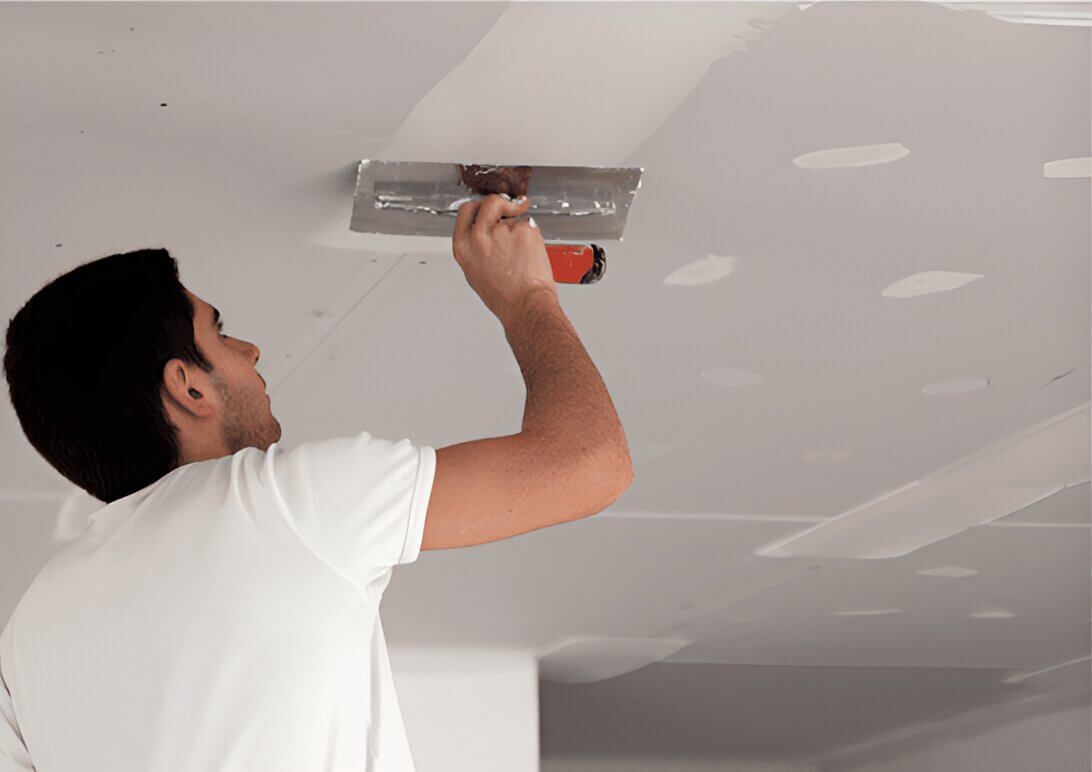
When applying plaster to your Gib® plasterboard walls, follow these fantastic techniques for the best results, ensuring a smooth, even finish that will make your walls look incredible:
- Start with a clean, damp trowel and apply a thin, even coat of plaster over the entire wall surface, working in a consistent, smooth motion to create a flawless finish.
- Work in small, manageable sections, starting at the top of the wall and moving downward, ensuring a smooth, even application that will make your walls look stunning.
- Hold the trowel at a slight angle to the wall and use long, smooth strokes to spread the plaster evenly, creating a seamless, professional-looking finish that will make your home look amazing.
- Feather the edges of each section to blend perfectly with the adjacent areas, minimising visible seams and creating a flawless, stunning finish that will make your walls look incredible.
- Allow the first coat of plaster to dry completely before applying a second coat, if necessary, ensuring a smooth, even finish that will make your home look beautiful.
- Repeat the process until you achieve a perfectly smooth, even surface with no visible imperfections, creating a stunning, professional-looking finish that will make your walls look amazing.
VI. Skimming Plaster on Gib® Plasterboard Walls
A. Preparing the Surface for Skim Coating
Before applying the final skim coat of plaster, it’s essential to ensure that your walls are properly prepared to achieve a flawless, stunning finish that will make your home look incredible:
- Lightly sand the entire wall surface with fine-grit sandpaper to remove any rough spots or imperfections, creating a smooth, even base for the skim coat.
- Clean the walls thoroughly using a damp cloth or sponge to remove dust and debris, ensuring a clean, fresh surface that will allow the skim coat to adhere perfectly.
- Allow the walls to dry completely before proceeding with the skim coat, ensuring a smooth, even application that will make your walls look amazing.
B. Applying the Skim Coat to Your Gib Board
To apply the skim coat of plaster and achieve a flawless, professional-looking finish that will make your walls look stunning:
- Use a clean, damp trowel and apply a thin, even layer of plaster over the entire wall surface, working in a consistent, smooth motion to create a seamless finish.
- Work in small, manageable sections, using long, smooth strokes to spread the plaster evenly, ensuring a flawless, stunning finish that will make your walls look incredible.
- Feather the edges of each section to blend seamlessly with the adjacent areas, creating a smooth, even surface that will make your home look amazing.
- Allow the skim coat to dry completely before sanding, ensuring a perfect, professional-looking finish that will make your walls look stunning.
VII. Finishing Touches for Your Gib Stopping Project
A. Sanding and Smoothing the Plastered Surface
Once the final skim coat of plaster is dry, sand the entire wall surface using fine-grit sandpaper to remove any minor imperfections and create an ultra-smooth, stunning finish that will make your walls look incredible. Be sure to clean the walls thoroughly after sanding to remove dust and debris, ensuring a flawless, professional-looking finish that will make your home look amazing.
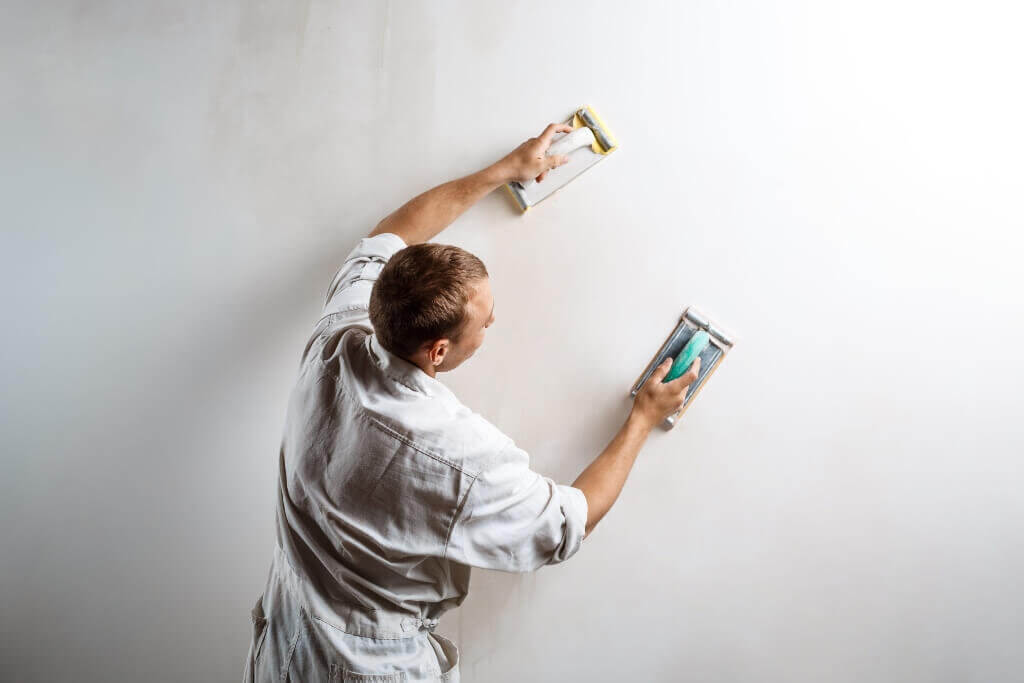
B. Handling Gib® Corner Stops and Trims
To achieve a professional-looking finish that will make your walls look stunning, install Gib® corner stops and trims at the external corners and edges of your walls:
- Measure and cut the corner stops or trims to the appropriate length using a mitre saw or utility knife, ensuring a perfect, precise fit that will make your walls look amazing.
- Apply a thin bead of construction adhesive to the back of the corner stop or trim, ensuring a strong, long-lasting hold that will keep your walls looking beautiful.
- Press the corner stop or trim firmly into place, ensuring it is straight and level, creating a clean, professional-looking finish that will make your home look incredible.
- Use a damp sponge to remove any excess adhesive and smooth the edges, creating a seamless, stunning finish that will make your walls look amazing.
- Allow the adhesive to dry completely before painting or wallpapering, ensuring a flawless, professional-looking finish that will make your home look stunning.
VIII. Common Mistakes to Avoid When Gib Stopping
A. Pitfalls to Watch Out for During Gib Fixing
To ensure a successful gib stopping project and achieve a flawless, professional-looking finish that will make your walls look incredible, avoid these common mistakes:
- Applying plaster too thickly, which can lead to cracking and uneven drying, detracting from the overall appearance of your walls.
- Make sure to allow ample drying time between coats of plaster to achieve the best results, ensuring a smooth, even finish that will make your walls look stunning.
- Be mindful when working with the plaster, using gentle, consistent strokes to achieve a smooth, even texture that will enhance the overall finish and make your walls look absolutely stunning, showcasing your incredible skill and attention to detail.
- To ensure a flawless finish, it’s crucial to properly prepare the wall surface before applying plaster, creating a smooth and even base for your gib stopping project that will make your walls look amazing.
B. How to Prevent Cracking and Flaking of Plaster
To prevent cracking and flaking of your plaster and ensure a stunning, long-lasting finish that will make your walls look incredible:
- Ensure the wall surface is clean, dry, and free of debris before applying plaster, creating a strong, stable base for your gib stopping project.
- Mix the plaster according to the manufacturer’s instructions, maintaining the proper consistency to ensure a smooth, even application that will make your walls look amazing.
- Apply plaster in thin, even coats, allowing each coat to dry completely before applying the next, ensuring a flawless, professional-looking finish that will make your home look stunning.
- For optimal results, it’s best to apply plaster in moderate temperatures and low humidity conditions, allowing the plaster to dry evenly and creating a flawless, crack-free surface that will make your walls look impeccable and showcase the beauty of your gib stopping project.
IX. When to Hire a Professional for Gib Stopping
A. Signs That Your Gib® Plasterboard Walls Need Expert Help
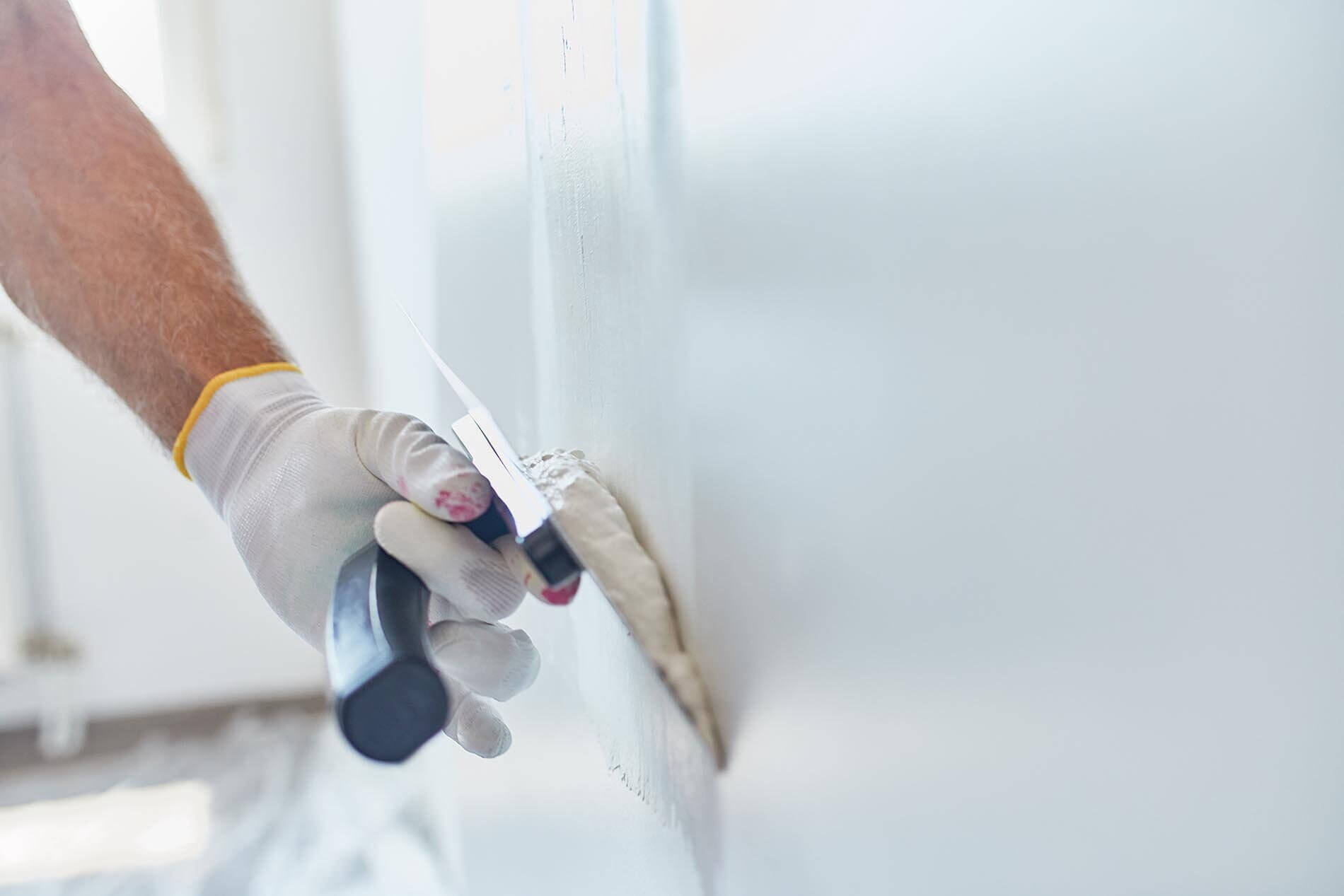
While many gib stopping tasks can be tackled by DIY enthusiasts, some situations may require the expertise of a professional to ensure a flawless, stunning finish that will make your walls look incredible:
- Extensive water damage or structural issues with the walls or ceiling, which may require specialised tools and techniques to repair properly.
- Large-scale renovations or new construction projects, which may be too complex or time-consuming for a DIY enthusiast to handle alone.
- Complex wall layouts or designs that require specialised tools or techniques to achieve a professional-looking finish that will make your home look amazing.
- Time constraints or lack of confidence in your own DIY skills, which may make it more practical and efficient to hire a professional to ensure a stunning, flawless finish.
B. Finding a Reliable Gib Stopping Contractor
If you decide to hire a professional for your gib stopping project to ensure a flawless, stunning finish that will make your walls look incredible:
- Research local contractors with experience in plasterboard finishing, looking for those with a proven track record of delivering exceptional results and a commitment to customer satisfaction, ensuring that your gib stopping project is in the hands of skilled professionals who will bring your vision to life and make your walls look absolutely stunning.
- Read reviews and ask for references to ensure the contractor has a fantastic reputation for delivering high-quality work that will make your home look stunning.
- Request quotes from multiple contractors and compare prices and services offered to find the best value for your gib stopping project, ensuring you get the most for your money.
- Ensure the contractor is properly licensed, insured, and bonded to protect yourself and your home in case of any accidents or issues during the project.
- Discuss your project in detail and establish clear expectations before signing a contract, ensuring that the contractor understands your vision and can deliver the flawless, professional-looking finish you desire.
X. Conclusion
A. Recap of the Gib Stopping Process
Gib stopping is a multi-step process that involves preparing the wall surface, fixing cracks and holes, applying multiple coats of plaster, sanding, and installing corner stops and trims to achieve a flawless, professional-looking finish that will make your walls look incredible. By following the techniques and tips outlined in this guide, you can confidently tackle your own gib stopping projects and achieve stunning results that will make your home the envy of the neighbourhood.
B. Encouragement for DIY Enthusiasts to Take on Gib Fixing Projects
While gib stopping may seem intimidating at first, it is an incredibly rewarding and cost-effective DIY project that can greatly improve the appearance and value of your home. With the right tools, materials, and knowledge, you can successfully complete your own gib stopping projects and take pride in your amazing accomplishments, knowing that you’ve created a stunning, professional-looking finish that will make your walls look incredible.
Remember to take your time, follow the proper techniques, and don’t hesitate to seek professional help when necessary to ensure the best possible results. With a little patience and perseverance, you’ll be amazed at what you can achieve, and you’ll enjoy the satisfaction of knowing that you’ve created a beautiful, inviting space that you and your family can enjoy for years to come.
So what are you waiting for? Grab your tools, gather your materials, and dive into the exciting world of gib stopping today! With the help of this comprehensive guide and your own DIY spirit, you’ll be creating stunning, professional-looking walls in no time, and you’ll be proud to showcase your incredible handiwork to friends and family. Happy gib stopping!
If you’re looking for professional and reliable painting and decorating services in Wellington, look no further than Wellington Decorators Limited. With our experience and skilled team of craftsmen, we are committed to delivering stunning results and complete satisfaction for your home.
Email: info@wellingtondecorators.co.nz
Phone: 027 458 6465
Address: 1 Comber Place, Johnsonville, Wellington 6037
Office Hours: Monday to Friday, 8:00 am – 5:00 pm
Don’t wait any longer, click the button below and fill out our contact form. We’ll get back to you soon to provide a free consultation and quote. Let Wellington Decorators Limited turn your dream home into a reality today!
